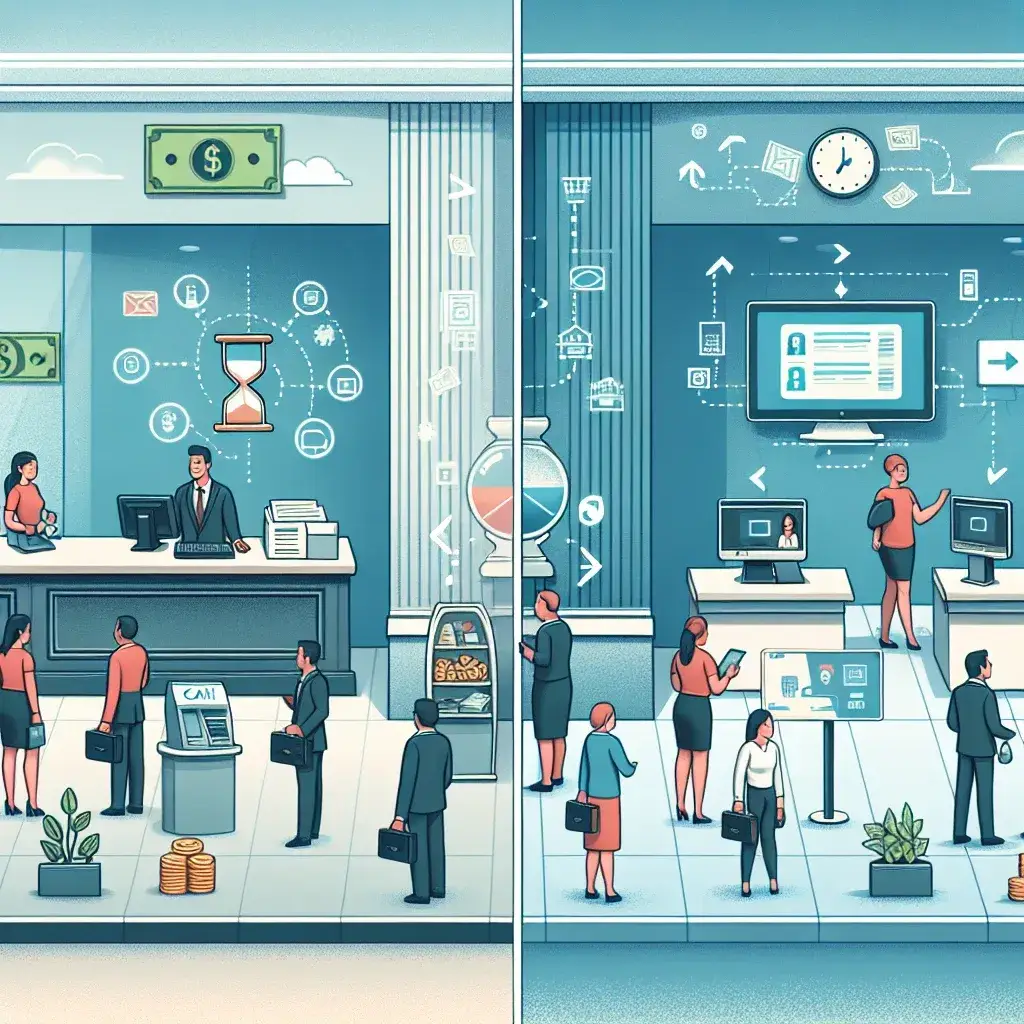How Technology is Changing the Landscape of Retail Banking

Introduction
The advent of technology has revolutionized various sectors, and retail banking is no exception. Integrating advanced technologies is not just enhancing customer service but also reshaping how banks operate. This transformation is pivotal for banks to remain competitive and meet the evolving demands of their clientele.
Artificial Intelligence and Machine Learning
Artificial Intelligence (AI) and Machine Learning (ML) are major game-changers in retail banking. These technologies are streamlining processes, enhancing security, and personalizing customer interactions.
Enhanced Customer Service
AI-powered chatbots are now offering round-the-clock customer support, responding to queries instantly and efficiently. This not only boosts customer satisfaction but also reduces the workload on human staff.
Personalized Banking Experiences
With the help of ML algorithms, banks can analyze vast amounts of data to understand customer behavior and preferences. This leads to the delivery of personalized services and products, making banking more customer-centric.
Blockchain Technology
Blockchain technology is another innovation that’s transforming retail banking. Known primarily for its role in cryptocurrencies, blockchain offers several benefits to the banking sector:
Enhanced Security
Blockchain’s decentralized nature ensures that financial transactions are secure and tamper-proof. This significantly reduces the risk of fraud and enhances the trustworthiness of banking systems.
Efficient Operations
By using blockchain, banks can process transactions faster and at lower costs. This is particularly beneficial for cross-border transactions, which traditionally involve multiple intermediaries and high fees.
Mobile Banking
Mobile banking has become a staple in the modern banking landscape. With the proliferation of smartphones, customers now expect to manage their finances on the go.
Convenience
Mobile banking apps allow customers to perform a variety of tasks, from transferring money and paying bills to applying for loans, all from their mobile devices. This level of convenience is unprecedented and drives higher customer engagement.
Digital Wallets and Payments
Digital wallets like Apple Pay, Google Wallet, and PayPal have become integral to the banking experience. These wallets not only facilitate quick payments but also offer loyalty rewards and seamless integration with other financial services.
Big Data and Analytics
Big Data is another cornerstone of the technological transformation in retail banking. By leveraging data analytics, banks can make informed decisions and boost their operational efficiency.
Risk Management
Through data analytics, banks can better assess risks associated with lending and investments. Predictive analytics can also identify potential fraud, preventing financial losses.
Customer Insights
Analyzing customer data helps banks understand trends and behaviors, allowing for the creation of targeted marketing campaigns. This increases the effectiveness of promotions and drives sales.
Internet of Things (IoT)
The Internet of Things (IoT) is finding its way into retail banking by interconnecting various devices to streamline operations and enhance customer service.
Smart Branches
IoT-enabled devices can transform traditional branches into smart branches, where tasks like cash deposits and withdrawals are automated. This reduces wait times and enhances the overall customer experience.
Wearable Devices
Wearable technology, such as smartwatches, is being integrated with banking apps to offer notifications, alerts, and even payment options directly from the wrist, further enhancing convenience.
Conclusion
Technology is undeniably changing the landscape of retail banking. From AI and blockchain to mobile banking and IoT, these innovations are making banking more secure, efficient, and customer-centric. The future promises even more exciting advancements, ensuring that retail banking continues to evolve in step with technological progress.
